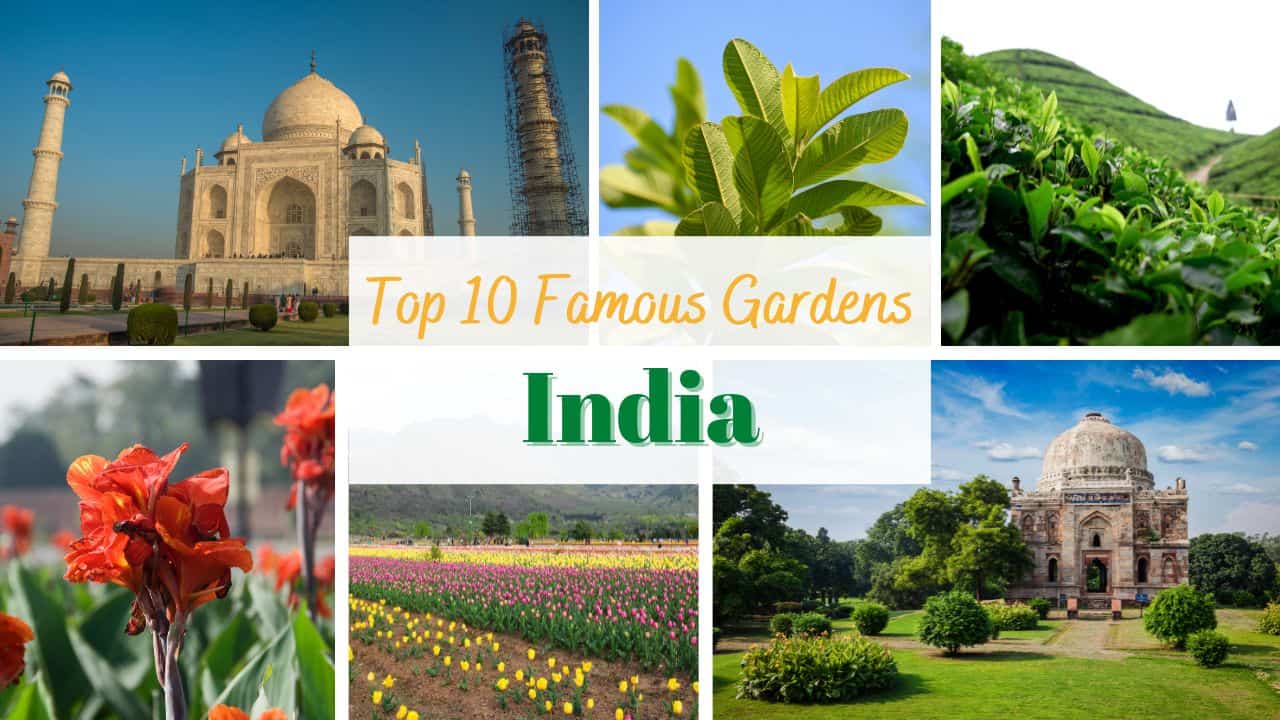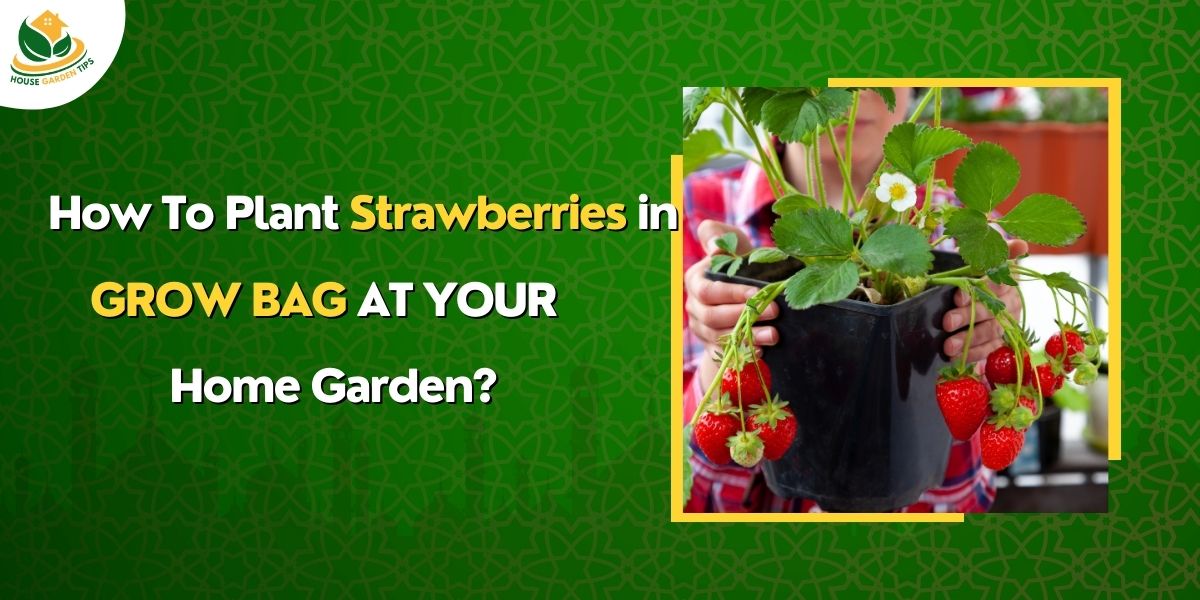Table of Contents
How to apply fertilizers to your potted plants
Applying the right amount of fertilizers, with right ratio of NPK at right stages of the plant growth is the most important thing to consider. Over feeding of fertilizer will not help the plant to grow faster and it will burn the plants too. So, knowing the exact nutrients requirements of the plant at various stages is very important. Let us know in details. You should not start fertilizing your plants immediately after planting, as the potting mix contains fertilizers itself . You have to wait for the potting soil nutrients completely absorbed by the plants, normally it will remain in the soil at least for 2 weeks. So, you have to fertilize only after two weeks of planting. Fertilizing at earlier stages of planting will damage the plant and let it to burn.
Why Fertilizers are so important for plants and especially for potted plants.
Potted plants have limitations to spread their roots to search for essential nutrients for their growth. They have to grow within the pot /container /grow bag, and they cannot get the nutrients as much as the plants in ground. The potting mix is only the source for them to grow. But , the nutrients provided in the potting mix , though it has required amount of nutrients , will leach out, at every time of watering to the plant and even due to rain. So, all potted plants , no matter of growing indoors or outdoors are depending on the gardener to provide the essential nutrients to grow to their best. To enhance the plant growth and make the plants more productive you have to provide fertilizer to potted plants, at right time intervals – once in every two weeks as common and right amount. Growth boosters will also help your container garden to grow healthy,
Types of fertilizers
Fertilizers are classified into two types. Organic and Chemical fertilizers. Organic fertilizers provide the nutrients to the soil and helps the plants to grow whereas the chemical fertilizers give nutrients to the plants and harm the soil and produces the crops with side effects. So, organic fertilizers are always recommended for the container plants / potted plants.
Apart from the classification of fertilizers to Organic and chemical fertilizer types, there is another classifications also. That is 1. Liquid fertilizers and 2. Granular/Slow release fertilizers
Liquid Fertilizers:
Plants can quickly absorb the liquid fertilizers that are sprayed to the soil as well as to the leaves and stems. This is the biggest advantage of using liquid fertilizers. But they will not supply nutrients for longer time and you need to apply often. They are little bit expensive t than the granular fertilizers too .Fish emulsion and compost tea are commonly used organic liquid fertilizers.
Granular / Slow release Fertilizers:
Slow-release fertilizers, as the name says , will not be available immediately to the plants and they will release the nutrients slowly but for longer time. So, you need not to apply often. Vermi-compost and vegetable compost are the commonly used granular fertilizers.
These dry fertilizers can be applied to the soil and they will slowly release the nutrients to the roots of the plants but for long period.
What Is NPK?
NPK is the acronym of – Nitrogen, Phosphorus and Potassium – the macro nutrients needed for every plants growth.
1. Nitrogen – makes the leaves to grow well.
2. Phosphorus – helps to produce more flowering and to have good healthy roots.
3. Potassium – is good for entire plant growth.
In market the NPK fertilizers usually come with a standard ratio as 10:10:10. According to the plants need, we have to select the right numbers of this macro nutrients.
NPK fertilizers are thought to be inorganic, but there are organic NPK fertilizers are also available.
Fertilizers for leafy vegetable plants
Leafy vegetables like spinach, Mint and Lettuce require adequate amount of nitrogen rich fertilizers for their better growth of leaves and stems. Nitrogen helps the plant to produce new leaves in the plant and the number ratio of Nitrogen in NPK fertilizers should be high for the leafy vegetables and for growing Lawns. The Nitrogen deficiency of the plant will lead to yellowish leaves and dry ends of the leaves.
Fertilizers for Root growth
Phosphorus rich fertilizers help the root growth of the plants such as Carrot, Radish and Turnip. You have to select the high number of Phosphorus for your root vegetables.
Fertilizers for Flowering & Fruit plants
Flowering and fruit plants require more potassium than nitrogen for its better flowering instead of leaves growth. So, you have to give the plant to get it either in the form of liquid or dry.
Hope you learn the tips on fertilizing your container garden. You should always keep an eye on your plants and know how much to feed the soil and to avoid excess fertilizers. Always use natural fertilizers for better home garden yields!







